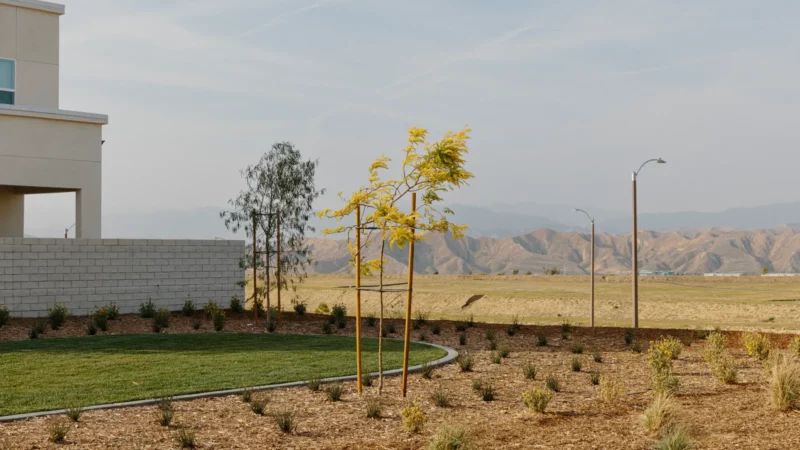
cities & towns, energy & technology
Dr. Pincetl in The New Yorker: Can Sustainable Suburbs Save Southern California?
One downside to the understandable focus on greenhouse-gas mitigation is that more place-specific environmental considerations, including the destruction of traditional landscapes, can get lost. “I think this approach to carbon-dioxide mitigation is a new regime of trying to justify the same kind of development,” Stephanie Pincetl, a professor at U.C.L.A. whose research focusses on land use and the environment, told me. “It’s very clever and extremely insidious because it doesn’t change anything: it doesn’t address structural racism, it doesn’t address affordability, it doesn’t address the climate, it doesn’t address resource impacts, it doesn’t address anything except on paper.”
Pincetl co-authored an article about the Valencia development in which she argues that carbon offsets undermine the goals of legislation meant to reduce sprawl, giving developers a false front to continue business as usual. The destruction of an intact habitat that sequesters carbon is unlikely to result in absolute reductions in greenhouse gases, even if it’s ostensibly offset by carbon reduction somewhere else. “If greenhouse gas generation is to be mitigated and curbed, it must be through the reality of bricks, mortar, and life,” Pincetl writes. On the phone with me, she questioned whether public officials even have the expertise in environmental accounting needed to verify claims of carbon offsets. (Los Angeles County relies on state-certified carbon registries for accounting; Centennial’s commitment to its settlement will be overseen by an independent third-party monitoring group, while its fire-protection plan will be overseen by local and state fire agencies.) Among the mitigation strategies at FivePoint Valencia is the conservation of a patch of forest in Humboldt County, in Northern California. Pincetl, referring to those faraway trees, asked, “What if they burn?”
If they burn, a developer would likely need to find a way to replace lost carbon credits, or else deduct them from future calculations. But, for Pincetl, this kind of shuffling implies a far more precise knowledge of natural carbon sequestration than we actually have, and serves largely to obscure the damage that we continue to do to the environment.
